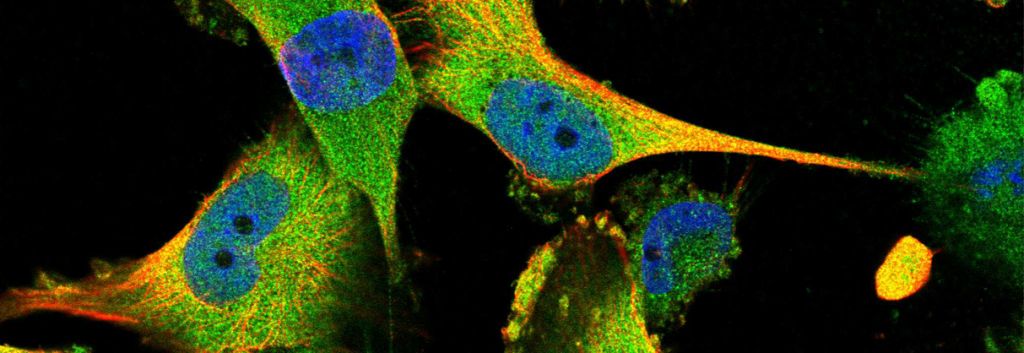Some 20 years ago, before the genomic era, isolating a protein and identifying the tissue where it was present was enough to get a PhD. Swedish researchers just did it for all the proteins in the human body: the equivalent of 20,000 thesis from the pregenomic age, at a stroke.
Thanks to the ‘omics’, the analysis of large volumes of data has become effortless, combining new technologies with bioinformatics. The Human Genome Project represented a turning point that revolutionized the field: scientists all over the globe combined efforts in order to map all the genes in the human genome. Other projects followed: the Human Microbiome Project, the BRAIN initiative, and the Human Protein Atlas, amongst many others.
Funded by the Knut and Alice Wallenberg Foundation, the Human Protein Atlas (HPA) started in 2003. Professor Mathias Uhlén is the coordinator of the program that has been conducted mainly in the Royal Institute of Technology in Stockholm, with the collaboration of the Rudbeck Laboratory in Uppsala (Sweden) and Lab Surgpath in Mumbai (India).
The study was published this month by Science and the data is freely offered in an interactive atlas. The publicly available database contains millions of high-resolution images showing the spatial distribution of proteins in 44 different normal human tissues and 20 different cancer types, as well as 46 different human cell lines.
This information is especially interesting to Big Pharma companies that will now be able to design drugs that specifically target proteins only present in a particular tissue, avoiding undesirable secondary effects. Since almost half of the total proteins are present in all the tissues and organs, playing housekeeping roles, secondary effects are highly common. However, the other half of human proteins, the tissue-specific ones, represents extremely attractive targets for pharmacologists. Attacking them will only affect the appropriate tissue, reducing the secondary effects. The future of drug design is about to change, and the information needed won’t cost you a penny.





